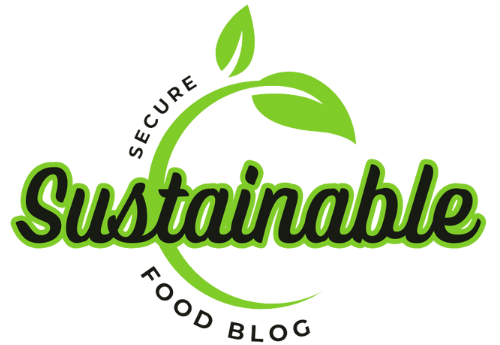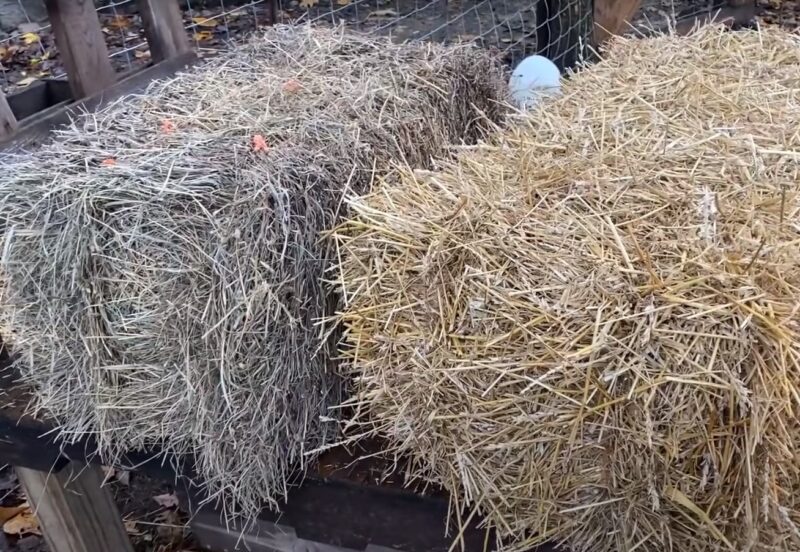Hay and straw are two agricultural products that are often confused due to their similar appearance, but they have distinct uses and characteristics. This blog post explores the differences between hay and straw, shedding light on their unique roles in agriculture and beyond.
Hay is a vital agricultural product, primarily used as animal fodder. It is made from cut and dried grasses, legumes, or other herbaceous plants, and is rich in nutrients.
- Nutritional Value: Hay is a significant source of nutrition for livestock, especially in winter when fresh grass is scarce. It is rich in protein and fiber, essential for the health and growth of animals.
- Types of Hay: Common types of hay include alfalfa, clover, and timothy. Each type has different nutritional profiles and benefits, catering to the specific dietary needs of various livestock.
Straw, on the other hand, is a byproduct of cereal crops like wheat, barley, and oats. After the grain is harvested, the remaining plant stalks are baled to create straw.
- Uses of Straw: Straw is mainly used for bedding for animals, providing a dry and comfortable surface. It’s also used in construction, crafts, and as garden mulch.
- Characteristics of Straw: Unlike hay, straw is low in nutritional value but has excellent insulating properties. It is golden-yellow in color and is stiffer and drier compared to hay.
Production Process of Hay and Straw
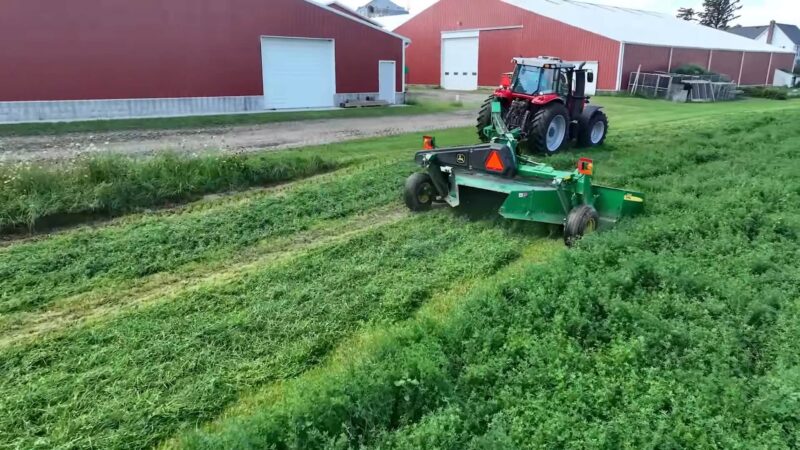
The production process of hay and straw is crucial to distinguish between the two.
Harvesting
| Step | Description | Considerations |
|---|---|---|
| Cutting | Hay is cut using a mower or a mower-conditioner when the plants are at the optimal stage of nutritional value, often just before flowering for grasses and legumes. | Timing is critical to maximize nutritional content and yield. Weather conditions must be favorable to avoid rain damage after cutting. |
| Drying | After cutting, hay is left in the field to dry for several days. Tedding (spreading and fluffing) often facilitates this to ensure even drying. | Hay should reach a moisture content of 15-20% before baling to prevent mold growth and spoilage. Tedding should be done carefully to minimize leaf loss. |
| Raking | Once dried, hay is raked into windrows to prepare for baling. This step also helps in further drying and makes the baling process more efficient. | Raking should be timed to minimize leaf loss and ensure adequate drying while avoiding moisture reabsorption overnight. |
| Baling | Dry hay is then baled using a baler. Balers can produce different shapes and sizes of bales, such as small square bales, large square bales, or round bales, based on need. | The choice of bale size and shape depends on storage, handling capabilities, and feeding requirements. Proper baling prevents moisture retention. |
| Storage | Baled hay is stored in a dry place to protect it from moisture and weather elements. Proper storage is crucial to maintain quality and nutritional value. | Storage areas should be well-ventilated, protected from rain and ground moisture, and designed to minimize waste during feeding. |
Producing Straw
Straw production occurs after the harvest of cereal grains.
- The grain is harvested first, and the remaining stalks are left in the field.
- The stalks are then baled into straw. The timing of baling straw is less critical than hay as it does not serve a nutritional purpose.
Nutrition and Use
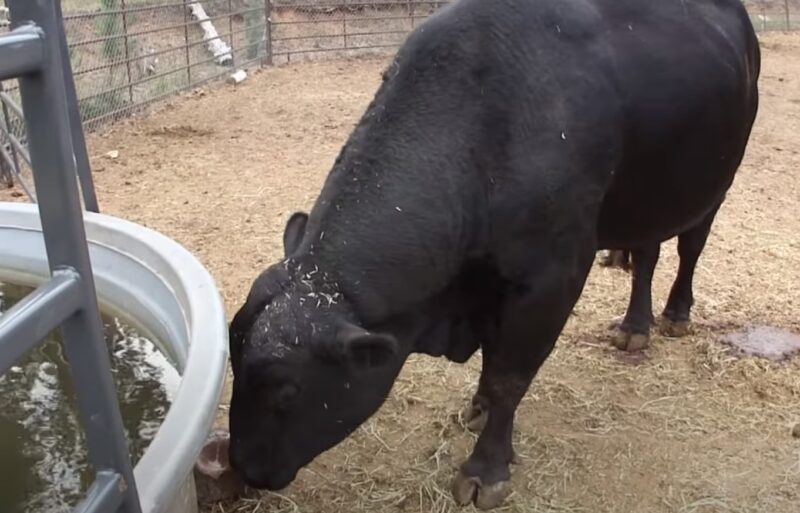
The nutritional content and use are defining factors that set them apart.
Nutritional Aspects
Hay is common as a food source for animals. Here are the main reasons why.
- Vitamins and Minerals: Hay contains essential vitamins and minerals vital for the health of livestock.
- Dietary Importance: Fiber aids in the digestive process.
| Nutrient | Alfalfa Hay | Timothy Hay |
|---|---|---|
| Energy | 1.5 MJ | 1.3 MJ |
| Protein | 16-22 g | 6-8 g |
| Fiber | 25-30 g | 32-34 g |
| Calcium | 1.2-1.5 g | 0.3-0.4 g |
| Phosphorus | 0.2 g | 0.2-0.3 g |
| Potassium | 2.1 g | 1.2 g |
| Magnesium | 0.2 g | 0.1 g |
| Sodium | 0.04 g | 0.02 g |
| Vitamin A | 6000 IU | Not significant |
| Vitamin D | Not significant | Not significant |
| Vitamin E | Not significant | Not significant |
Notes:
- Energy is measured in Megajoules (MJ) to reflect the digestible energy available for the animal.
- The protein content varies widely in alfalfa hay, especially depending on its maturity. Younger alfalfa has higher protein levels.
- Fiber is crucial for digestive health, with timothy hay generally being higher in fiber and lower in protein compared to alfalfa, making it a good choice for animals that are less active or require a lower protein diet.
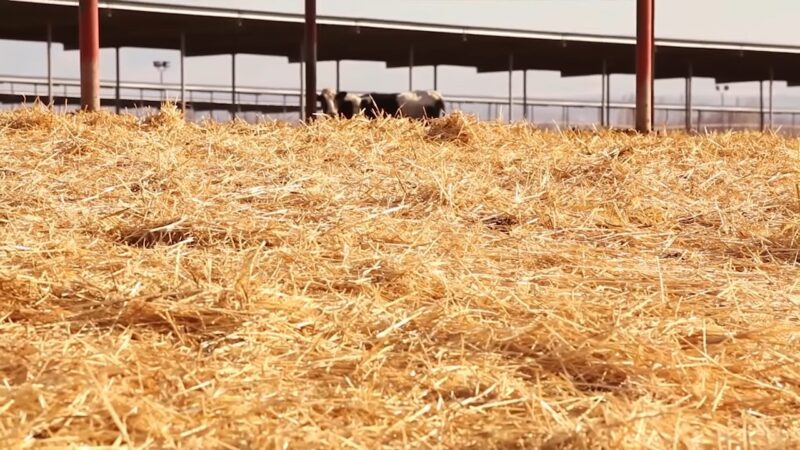
While straw lacks the nutritional value of hay, it plays a crucial role in animal care and has other uses.
- Bedding: Its primary use is as bedding, providing a comfortable layer for animals.
- Other Applications: Used in construction for insulation, in gardens as mulch, and in various crafts.
Final Words
Understanding the distinct roles and characteristics of hay and straw is crucial for effective agricultural practices. While they may look similar, their uses, nutritional values, and impacts on both the environment and economy differ significantly. By appreciating these differences, we can utilize both hay and straw more effectively and sustainably.
